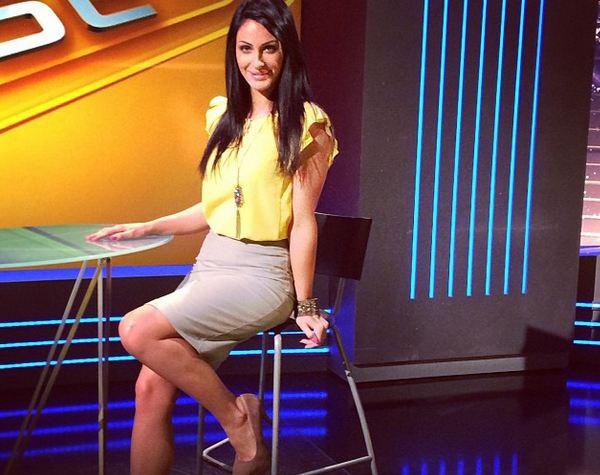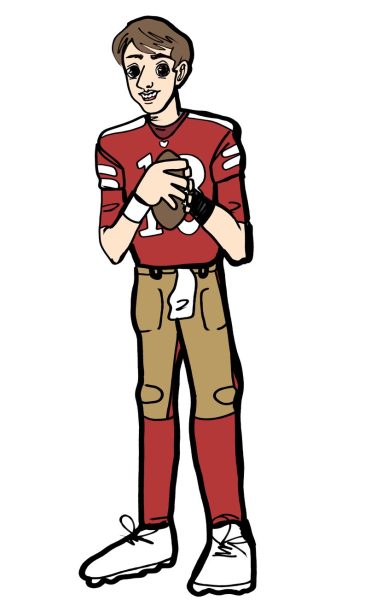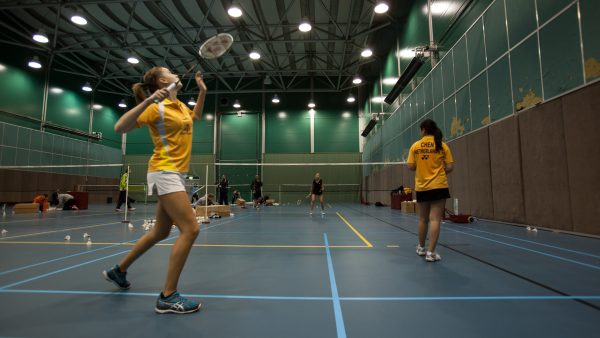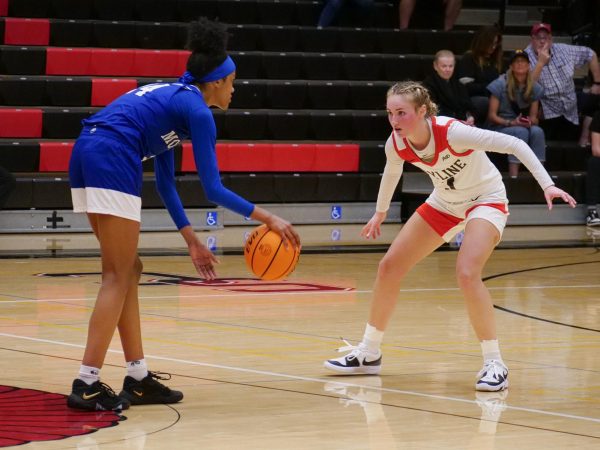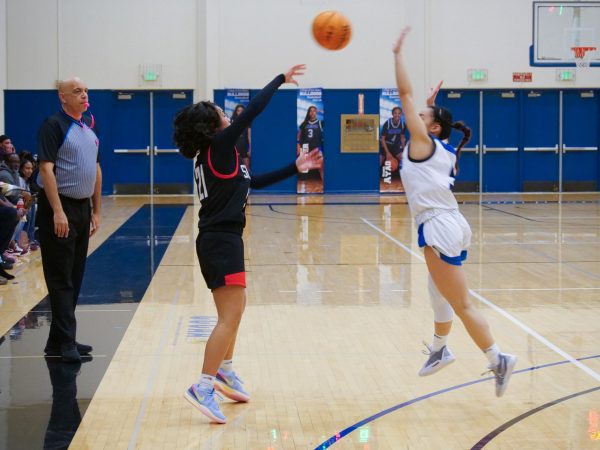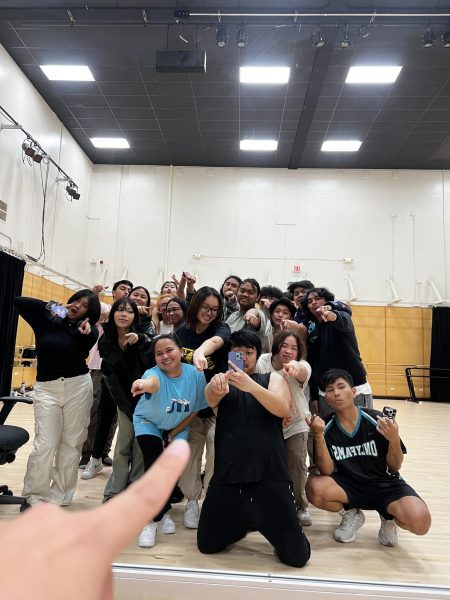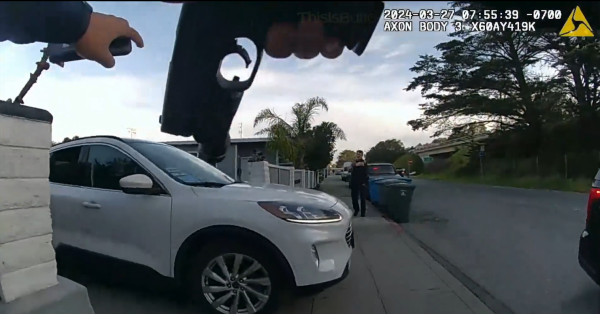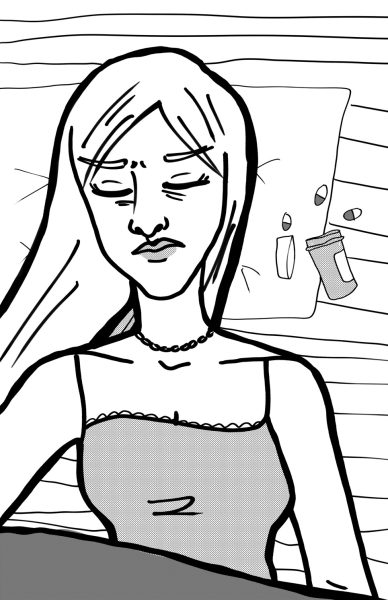The plights of being a woman in sports media then and now
Have you ever encountered a person so good looking it’s hard to even think? Well that almost got a sports reporter fired.
Katarina Sreckovic, a 25-year-old journalist, was faced with this predicament. She was deemed “too good looking” to interview the players without distraction.
She was able to keep her job because she insisted the team would get accustomed to seeing her.
“I admit it was a problem at the start, but I think they’ve got used to me now,” Sreckvoic told The Independent. “It was tough though because for a while it seemed as if they might not be able to work with me at all.”
This isn’t the first time women were barred in one way or another from reporting on sports.
Chicago sports reporter Cheryl Raye-Stout wrote in a post on her website about the discrimination she faced on the sidelines.
“Chicago locker rooms were a territory just beginning to open up to women reporters,” Raye-Stout wrote. “I was beginning that obstacle alone and meeting some challenges along the way during the early to mid-’80s. The Bears were a huge challenge. There was no interference after games when I started covering them at Soldier Field in 1985.”
Raye-Stout explains the obstacles she faced trying to get the same story as her male colleagues. This didn’t change until Jim Harbaugh was drafted to the Bears and was incredulous at the idea of not allowing her into the locker room.
Female sports reporters are still fighting for that even playing field. Anne Doyle, former Detroit sports reporter spoke to the Association of Women in Sports Media.
“The women of my generation, we worked very hard almost to neutralize our femininity. We were fighting for credibility, “ Doyle told the AWSM. “Any woman who thinks that she can play that sexy card and still be taken seriously really doesn’t understand men. You flash that card, that’s the game you’re playing.”
Sports are a very male dominated field and can sometimes become a boys only club. We don’t see many women as analysts on ESPN or FOX. We do see a lot of women in Sports Illustrated and on the sidelines as cheerleaders. Of course women can express themselves and their bodies in any way they want, but we should also have an equal stand in other aspects of the industry.
It shouldn’t only be about how women look in sports, but rather what they have to offer.



